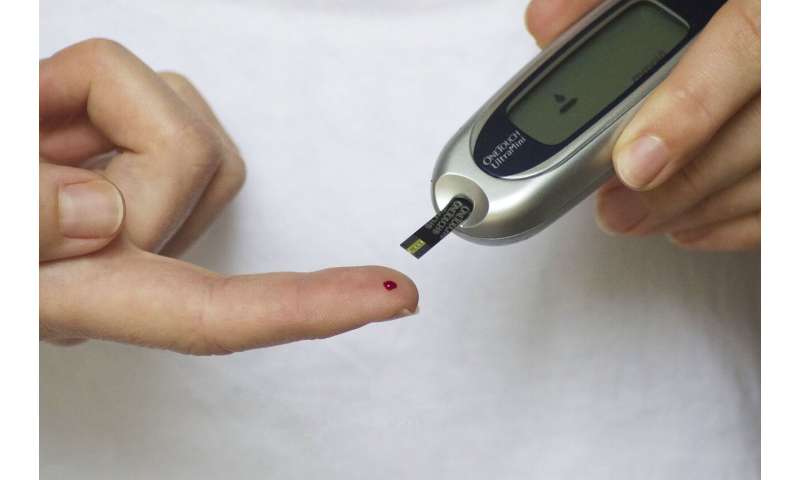
A new study has found that Vietnamese-American adults who were not obese were 60% more likely to have diabetes than non-obese, non-Hispanic, White Americans, after accounting for age, sex, sociodemographic factors, smoking history and exercise level.
Overall, only 9% of Vietnamese Americans with diabetes in the study were obese—defined as having a body mass index (BMI) of 30 or higher. In comparison, half of all non-Hispanic White Americans with diabetes were obese.
“While obesity is commonly associated with diabetes risk, the study’s findings indicate that this is not necessarily the case for Vietnamese Americans,” says the study’s first author Leanne R. De Souza, Assistant Professor, Human Biology and Health Studies Programs, University College, University of Toronto. “As a result, health care professionals may miss screening for preventing and treating this potentially life-threatening disease in the Vietnamese-American population. Screening of Vietnamese adults who have normal weight would be helpful.”
The data set used in this study did not provide information on why non-obese Vietnamese Americans have higher odds of diabetes than White Americans, but previous research provides potential answers.
Other studies have found that accumulation of excess fat in the abdomen is higher among Asian Americans than White Americans of a similar weight.
“A growing body of literature suggests that measurement of excess weight around the liver and in the abdomen may be a better way to assess diabetes risk than merely taking into account weight and height,” says co-author Keith Tsz-Kit Chan, Assistant Professor, Silberman School of Social Work at Hunter College, City University of New York.
Past research has also shown that Asian Americans are less likely to be screened and are therefore more likely to be living with undiagnosed diabetes and pre-diabetes. Untreated diabetes can result in many serious complications including nerve damage, preventable amputation, blindness, heart attacks, strokes, chronic kidney disease and kidney failure.
The authors of the present study found that among non-obese Vietnamese Americans, those aged 45 and older had at least 40-fold the odds of diabetes compared to young adults.
“These findings suggest that screening for diabetes in Vietnamese Americans starting at age 45 might be warranted,” says co-author Alexis Karasiuk, a research assistant at the University of Toronto.
In the subsample of non-obese Vietnamese Americans, men and those living in poverty had a much higher prevalence of diabetes compared to women and those with higher incomes, respectively. Adults who had never smoked and those with a post-secondary degree were less likely to have diabetes.
The authors hope to examine the role of diet in future studies.
“Previous research has found that each additional portion of white rice consumed daily raises the risk of diabetes by 11%. Substituting other whole grains such as brown rice instead of white rice may be a promising strategy for decreasing this risk,” noted co-author Karen Kobayashi, professor in the department of Sociology and a research fellow at the Institute on Aging & Lifelong Health at the University of Victoria.
Given that non-obese Vietnamese Americans, including those as young as 45, have a relatively high prevalence of diabetes, the authors say that routine screening of this population is needed.
“Better identification of those in the ‘pre-diabetes’ stage may increase awareness of personal risk and interventions to promote lifestyle changes. Such interventions may substantially decrease the risk of progression to full diabetes,” says senior author, Esme Fuller-Thomson, Director of the Institute for Life Course & Aging and professor at the University of Toronto’s Factor-Inwentash Faculty of Social Work and Department of Family & Community Medicine.
Source: Read Full Article
